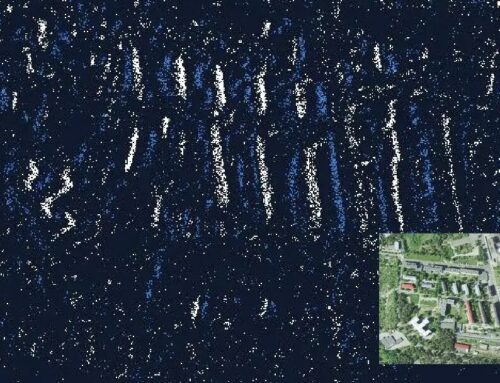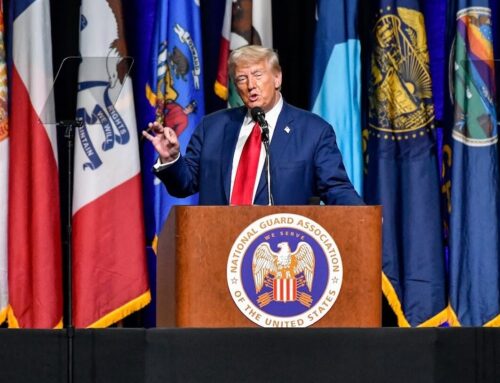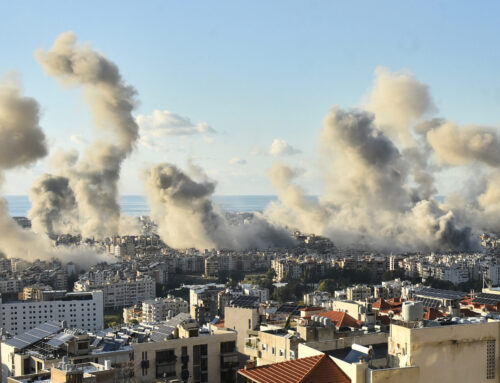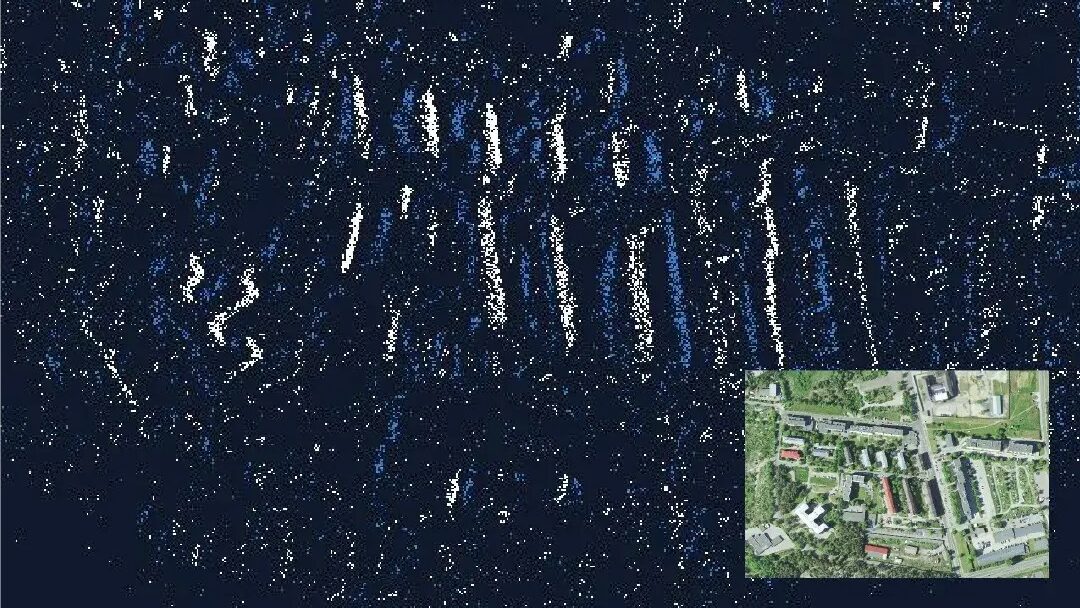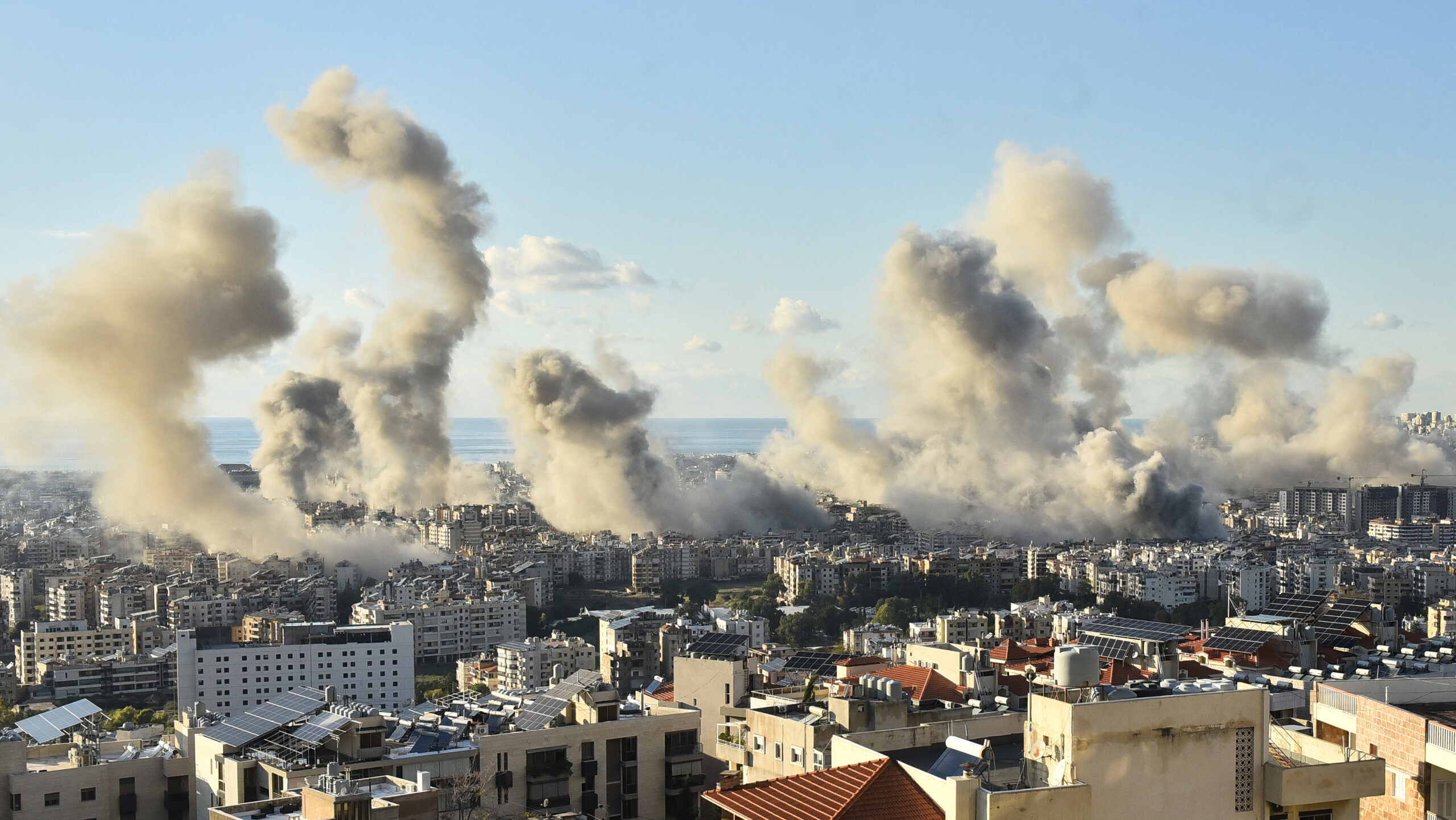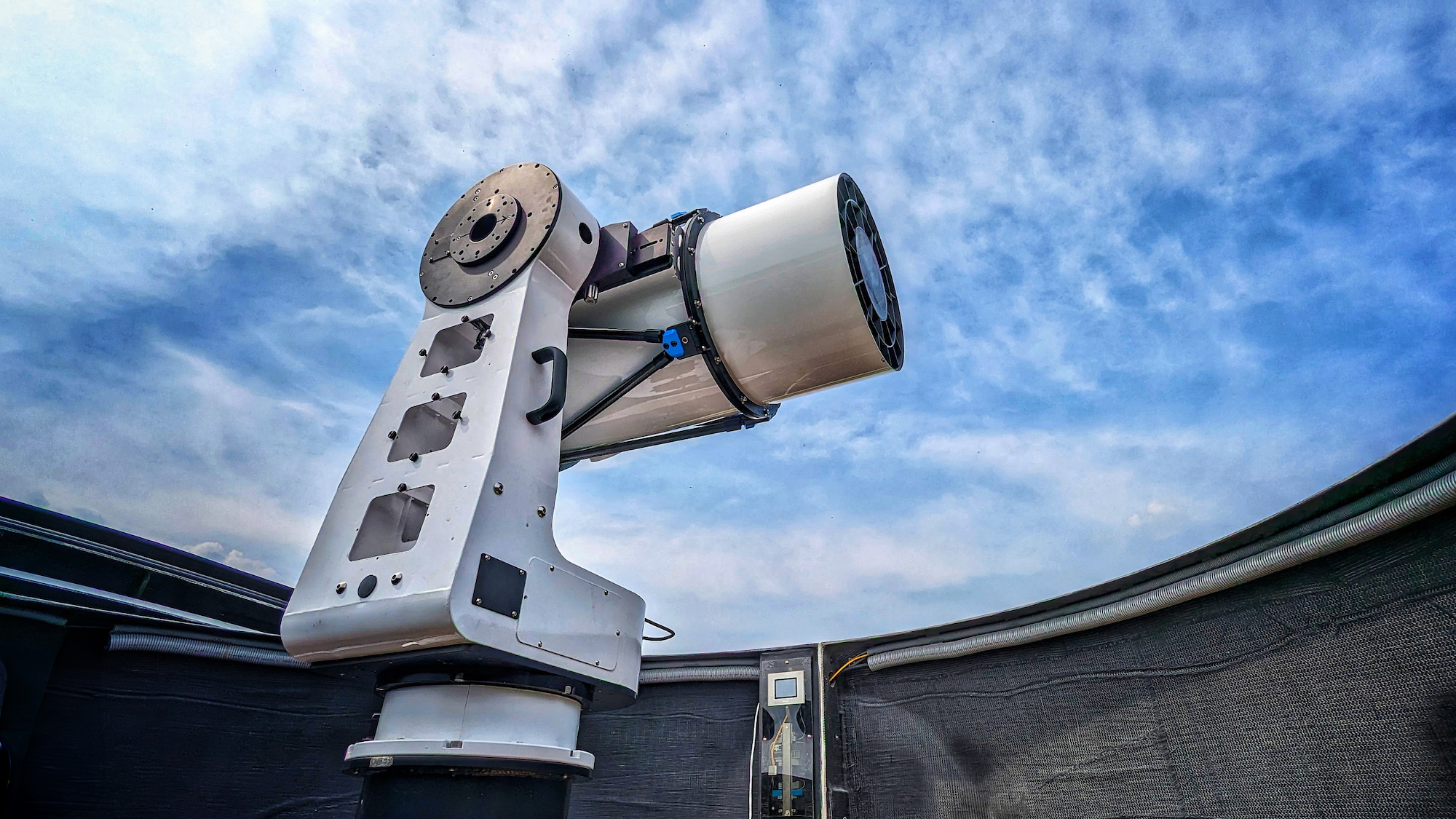A Thor drone used to drop a small box that contains blood packets that can be used in the field by the IDF. (Seth J. Frantzman / Breaking Defense)
JERUSALEM — The Israel Defense Forces estimate they have saved 380 lives of soldiers in the last 14 months of war due to new technology and procedures used to evacuate casualties to hospitals and to treat them on the field, including using drones to ferry blood for infusion into combat zones.
At a tour of the IDF’s Medical Corps and Technological and Logistics Directorate on Monday, an IDF official showed data that reveals the military has managed to reduce by half the number of soldiers who die from their injuries. In the 2006 Lebanon war, the IDF found that this rate was 14.1 percent. That number dropped to 9.2 percent during the 2014 war, and now is 6.9 percent for the Gaza front and 7.1 percent for the Lebanon fronts.
“The average time for a soldier to receive medical treatment in the field is between zero to four minutes, over 90 percent of soldiers injured from close-quarters combat received treatment in the field, approximately 1,600 injured soldiers were evacuated via helicopters,” the IDF said in a written statement.
The short time to receive treatment is due to the presence of what the IDF calls Advanced Life Support providers, meaning medics deployed at the company level, and having more combat soldiers trained as medics. If the wounds are serious enough, the injured are placed in armored personnel carriers or Humvees and evacuated, either to a helicopter landing zone where Israel’s unit 669 takes them to civilian hospitals, or they continue in vehicles. The evacuation process can take slightly more than an hour when moving wounded from Gaza, to up to 111 minutes from Lebanon, due to the topography.
The IDF also has increased the number of patients who receive whole blood and plasma that is constituted from freeze-dried plasma. Both of these have replaced the use of crystalloids, which had been used to treat blood loss in the field. Freeze-dried plasma does not require cooling, whereas whole blood does; the IDF has found a way to bring both to the front via small coolers for blood packets.
The IDF has also recently used Thor drones, large quadcopters, to drop blood encased in a cooled box. The payload can be dropped from around 450 feet to troops in the field. The payload, around the size of a shoe box, lands via a small parachute rather than a cushion because blood should not be disturbed too much when being transported, an IDF official explained.
A Humvee outfitted by the IDF as an example of how wounded can be transported from the field in specially-outfitted vehicles with stretchers and medics on board, for faster evacuation. (Seth J. Frantzman / Breaking Defense)
The use of coolers deployed to the front with combat soldiers to carry blood has not only helped treat patients but also solved the problem of supplying the soldiers with these necessities during long periods in the field. During some of the fighting, IDF units have been in combat for days or weeks, and the coolers can provide several days of cooling for the blood. The blood is warmed via a small device, and the freeze-dried plasma can be reconstituted using water, a process that takes several minutes.
The deployment of new tourniquets and homostatic bandages, used to control bleeding in an area like the groin where one can’t tie off an arm or leg, have been found to be effective. All of this helps treat soldiers in what is usually called the “golden hour” in trauma care as patients are moved toward a hospital.
However, the deployment of more medics at the front and movement of paramedics and physicians into the field has also resulted in more harm to these trained personnel. The IDF said 58 of their medical personnel have been killed.
That’s about 7 percent of the 804 IDF service members killed in the fighting since Hamas launched its devastating Oct. 7, 2023 attacks. Meanwhile, the death toll in Gaza is reported to exceed 44,000 and more than 3,000 in Lebanon.



